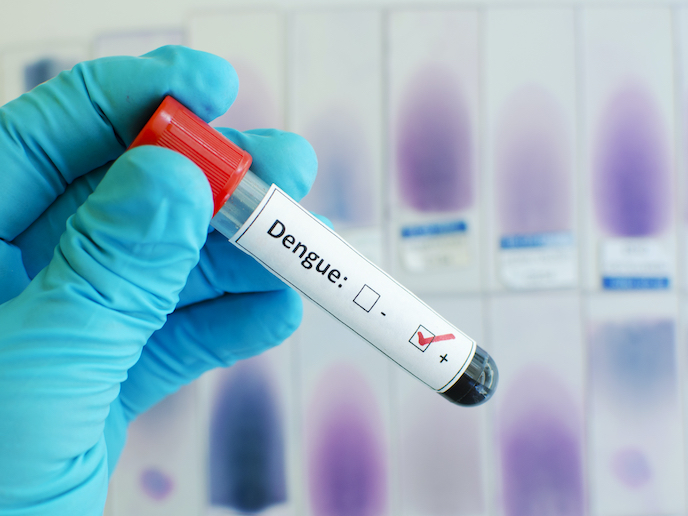Protein aggregation unveiled
Protein function is tightly linked to its three-dimensional structure, which in turn necessitates accurate protein folding. Various diseases including neurodegenerative disorders are associated with protein misfolding and subsequent protein aggregation in the form of amyloid deposits. In view of this, scientists on the EU-funded AGGREGAT3 (Protein dynamics and misfolding: the case study of a multidomain protein related to an amyloid disease) project set out to investigate the misfolding events that trigger protein aggregation and lead to disease onset. The consortium employed experimental and computational advanced techniques to study the events that cause spinocerebellar ataxia type 3, a fatal neurodegenerative disorder. In this context, they examined how the multidomain N-terminal part of the polyglutamine (polyQ) protein ataxin-3 (AT3) aggregates to induce disease pathology in a mouse model. Results unveiled for the first time the dynamics associated with the structure of AT3 at an atomic level. More specifically, they demonstrated that the region between the globular domain of AT3 and polyQ is a highly dynamic structure of physiological relevance to protein function. Within this region, scientists were able to pinpoint the major aggregation prone area and elucidate its secondary structure. Taken together, the results of the AGGREGAT3 study provide unprecedented fundamental knowledge on the molecular misfolding events that lead to AT3 pathological aggregation. Furthermore, they enhance our knowledge related to amyloid aggregation of multi-domain proteins and open up new pathways for therapeutic exploitation.







